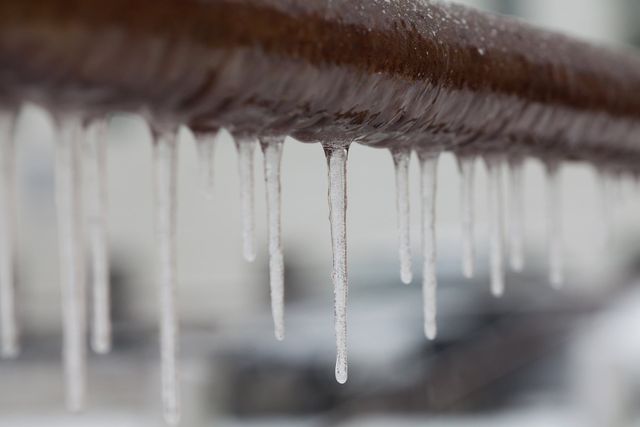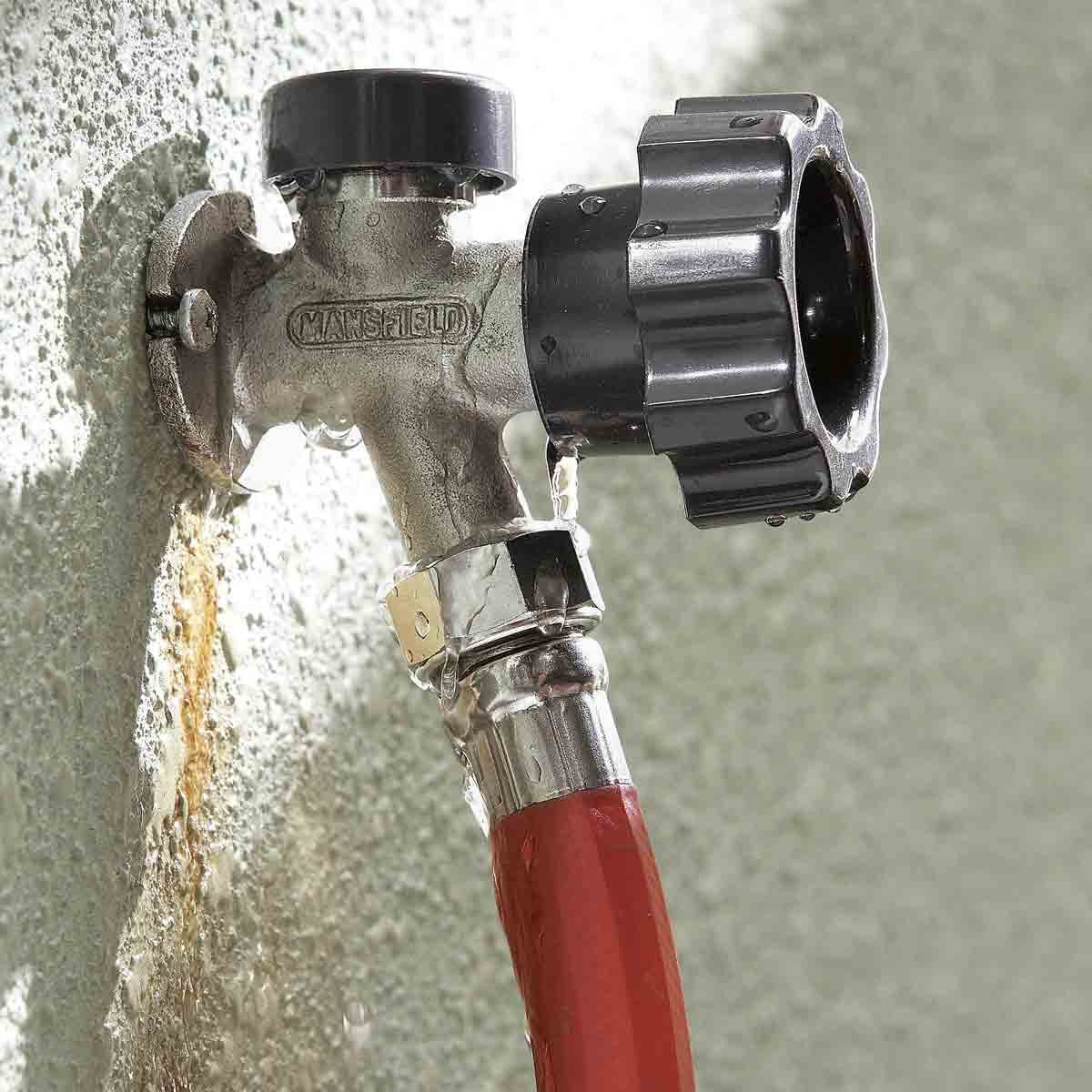Mastering Pipe Winterization: Five Key Hacks to Use in Frigid Temperatures
Mastering Pipe Winterization: Five Key Hacks to Use in Frigid Temperatures
Blog Article
They are making a few good observations on Prevent Freezing and Bursting Pipes as a whole in the content further down.

All house owners that live in pleasant environments should do their best to winterize their pipelines. Failing to do so can mean catastrophe like frozen, split, or burst pipes.
Attempt a Hair Clothes Dryer or Heat Weapon
When your pipelines are nearly freezing, your reliable hair clothes dryer or warm gun is a blessing. If the warm towels do not help displace any resolving ice in your pipes, bowling hot air straight into them might aid. However, do not make use of other items that generate straight flames like a blow torch. This can lead to a bigger catastrophe that you can not control. You might wind up harmful your pipelines while trying to melt the ice. And over time, you may even wind up shedding your home. So beware!
Open Closet Doors Hiding Plumbing
It would be handy to open up closet doors that are masking your pipelines when it's chilly outside. They might be someplace in your kitchen area or restroom. This will permit the cozy air from your heater to flow there. Therefore, you protect against these revealed pipelines from freezing. Doing this little method can keep your pipes cozy and also restrict the potentially harmful outcomes of freezing temperatures.
Take Time to Cover Exposed Water Lines
One very easy as well as cool hack to warm up cold pipelines is to cover them with cozy towels. You can cover them first with towels. After safeguarding them in position, you can pour boiling water on the towels. Do it gradually to let the towels soak up the liquid. You can additionally utilize pre-soaked towels in hot water, simply don't neglect to use protective gloves to safeguard your hands from the heat.
Turn On the Faucets
When the temperature declines and also it seems as if the frigid temperature level will certainly last, it will aid to turn on your water both inside your home and outdoors. This will certainly keep the water streaming via your plumbing systems. Additionally, the movement will certainly slow down the freezing procedure. Especially, there's no requirement to transform it on full blast. You'll end up squandering gallons of water in this manner. Instead, go for about 5 decreases per min.
Shut Off Water When Pipes are Frozen
If you discover that your pipelines are completely frozen or almost nearing that phase, transform off the major water shutoff immediately. You will normally locate this in your basement or utility room near the heating unit or the front wall surface closest to the street. Transform it off right now to avoid further damage.
With even more water, more ice will load up, which will at some point lead to rupture pipes. If you are unclear about the state of your pipelines this winter months, it is best to call a specialist plumber for an assessment.
All house owners that live in warm climates must do their ideal to winterize their pipelines. Failure to do so can spell calamity like frozen, cracked, or burst pipes. If the warm towels do not aid remove any type of working out ice in your pipes, bowling warm air straight right into them might help. Transform off the primary water valve right away if you discover that your pipelines are completely icy or virtually nearing that phase. With more water, even more ice will stack up, which will eventually lead to rupture pipes.
PREVENT YOUR PIPES FROM FREEZING THIS WINTER
A Leading Cause of Property Damage
When the weather is taking a deep nose dive into the cold dreary days, the risk of your pipes freezing and potentially bursting skyrockets. Unfortunately, during these cold dreary months, burst pipes are the most common denominator for property damage. The pipes that are most at the risk are those that are in areas where it is most cold in your home. For instance, pipes located in interior places such as basements, attics, and your garage. Unfortunately, that doesn’t mean that the pipes running through your cabinets or exterior walls can’t freeze. Good news, however, is that you can do things to help prevent pipes from freezing.
How to Prevent Pipes From Freezing
Once the temperature starts to drop during the winter, you should be taking the proper measures needed to ensure that your pipes stay warm and that there is circulation of water through them. Some steps that experts may recommend could go against your better judgement when it comes to saving water and heat. However, it would go without saying that when expenses are compared, damaged pipes could put a bigger dent in your wallet than a water bill.
What Can I Do?
Keep your garage door closed. This is very important, especially if you have water supply lines running through your garage. Open your kitchen and bathroom cabinets to allow warm air to circulate through them. Allow air circulation throughout your home. Keeping the interior doors open will once again allow the warm air to circulate inside your home. Ensure your thermostat is running the same temperature throughout the night and day. If you plan to be away from home during the cold months, set your temperature no lower than 55° F. This should provide enough heat to keep the pipes warm and prevent any remaining water inside the pipes from freezing. For more of a long-term solution, add insulation to attics, basement, and other crawl spaces around your home. By allowing your faucet to drip, it will alleviate pressure in the system. This is important because the pressure that is created between the blockage and the faucet can potentially cause the pipes to burst. Allowing the faucet to drip will prevent the pressure from building up, therefore keeping the pipes from bursting. Seal any cracks, openings, and crawl spaces around your home to prevent cold air from coming inside. This keeps your pipes-not to mention your home-warmer and less susceptible to issues caused by freezing temperatures. For the pipes in your home that are easily accessible, applying electrical tape to them might prevent them from freezing over. This is a quick fix, as you can apply the tape directly to the pipe. There are two options for heating tapes. One turns on and off by itself when it senses heat is needed. The other type of heating tape needs to be applied when heat is needed and removed when not necessary. If you have exposed pipes in your home, you can check this website to take a look at a few options that would be available at a shop near you.

I came across that entry on Prevent Freezing and Bursting Pipes while doing a lookup on the web. Liked our posting? Please share it. Let somebody else discover it. Thanks a lot for your time. Visit again soon.
Click Here Report this page